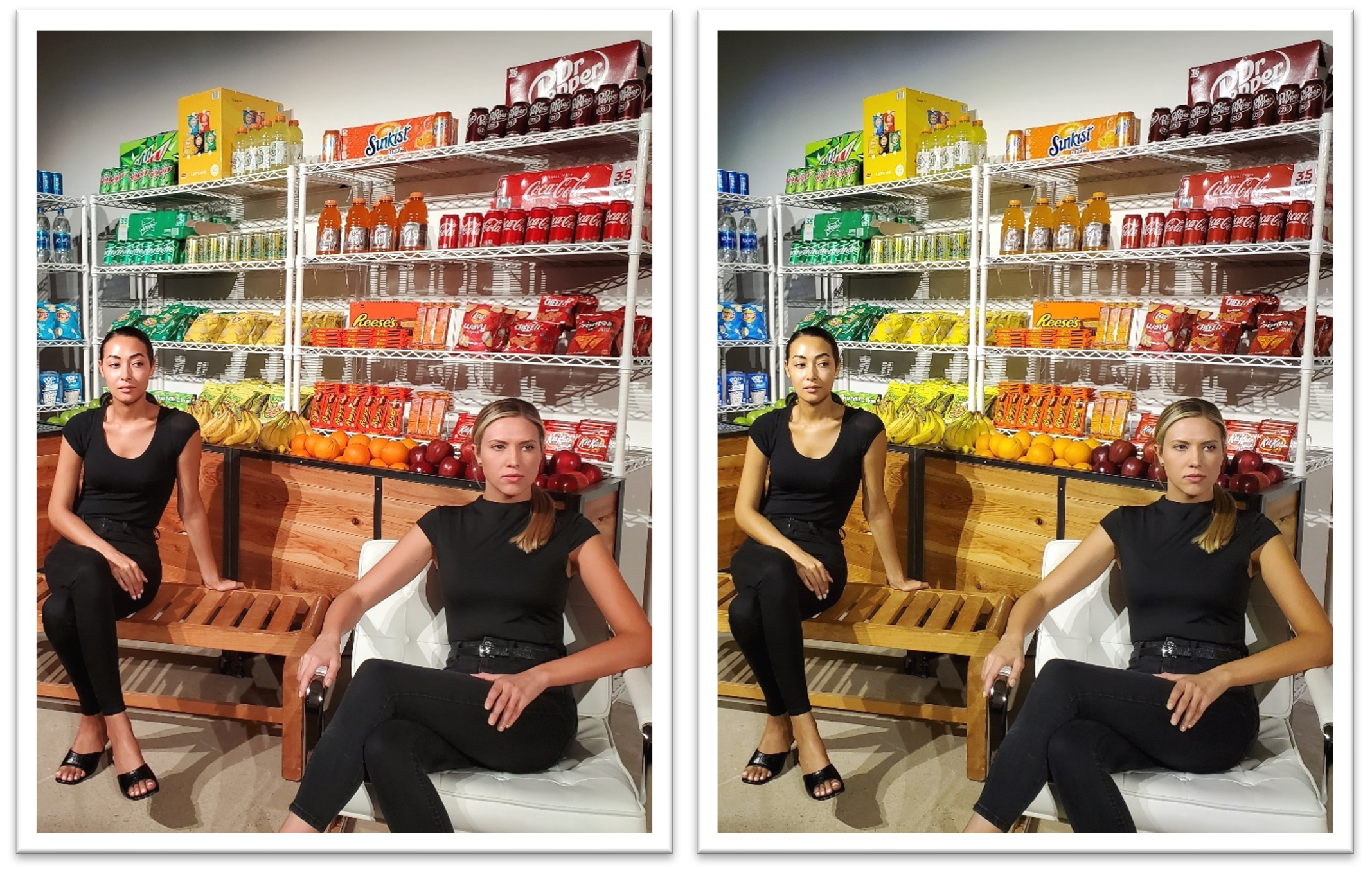The big fluorescent news last week was that Minnesota has become the ninth state to pass a phase out of fluorescent lamps (the others are California, Colorado, Hawaii, Maine, Oregon, Rhode Island, Vermont, and Washington). Minnesota’s timeline is aggressive – screw-based compact fluorescent lamps will be banned from sale six months from now, starting on January 1, 2025. Other fluorescent and mercury vapor lamps will be banned from sale beginning January 1, 2026.
The Minnesota House of Representatives has an information sheet about the new law here. What’s interesting is that the first topic is about reducing the hazard of exposure to mercury, not increasing energy efficiency. It’s not wrong, just curious. The information sheet then goes on to address reduced CO2 emissions, electricity savings, and reduced power plant mercury emissions.
Illinois also has fluorescent banning legislation working through the legislature, so by the end of the year we may see 10, 11 or more states that are phasing out fluorescents.

